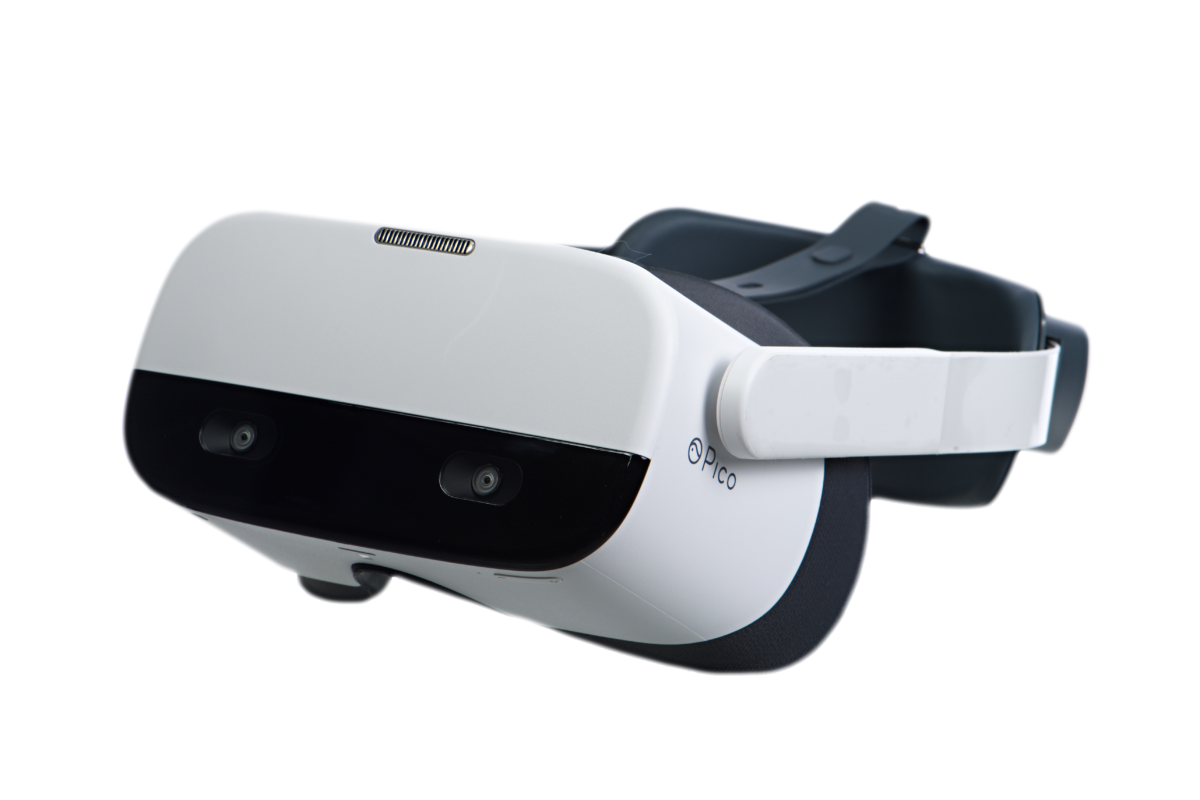OC6 is almost here — and PIXO VR is ready.
After a big year that saw the release of the Facebook-owned Oculus Quest and Oculus Rift S HMDs, (head-mounted displays), the sixth annual Oculus Connect conference, (OC6 for short), starts September 25 in San Jose, Calif.
This year, PIXO VR CEO Sean Hurwitz is attending the much-anticipated VR summit, with some very big plans in mind for the Oculus Quest. Hurwitz and his product team at PIXO VR have long been preparing for the arrival of a 6dof, fully tetherless, VR headset that does the company’s photorealistic 3D Virtual Reality Training content justice. In the Quest, Hurwitz sees an opportunity he doesn’t intend to squander.
“We push ourselves to always be ready for ‘the next big thing’ in hardware and it’s here. When you’re creating fully immersive, behavior-changing training content, how people actually experience it is critical,” Hurwitz said, adding PIXO VR’s enterprise clients have consistently asked about how and when they can get their hands on tetherless VR hardware. Until now, Hurwitz said, while some standalone headsets were on the market, they didn’t meet PIXO VR’s rigorous standards for visual fidelity and overall UX.
“I think it’s been a big barrier to more mainstream enterprise adoption of the technology,” Hurwitz said of business’ long-standing desire for a high-quality, wireless, hardware option and the software to match. “When you’re simulating real world scenarios — the real world doesn’t come with a bunch of cords. With [Oculus] Quest, we can now deliver VR Training content that employees can easily set up and use without tripping over themselves or being reminded that their training experience is a virtual one. We want total immersion. The Quest, when combined with our software delivers that.”
Total immersion, Hurwitz says, is essential to PIXO VR’s critical differentiator in the VR Training market — the ability to actually change user behavior.
How? Hurwitz says it’s a combination of factors. By presenting trainees with both a simulated, 3D world that looks and feels just like the real one, and compelling story narratives and assessments that feature simulated consequences for individual decisions made in the experience, users build much stronger emotional connections to their subject matter than with traditional training, or indeed, other forms of VR Training.
“It’s one thing to be told about the consequences of a bad decision or failure to observe safety protocols, or read about it. It’s a much different thing to watch it happen to you or a coworker and friend. To fall 40 stories because you picked a faulty safety harness, or trigger the explosion of a fuel tanker because you didn’t pay close enough attention to what kind of hazardous materials you were dealing with — seeing that, experiencing that — it stays with you.”
Beyond being tetherless, there are other important aspects of the Oculus Quest that help maintain the integrity of PIXO VR’s training experiences, including pixel count and frame rate. In the past, standalone units have had to sacrifice some amount of visual fidelity for increased mobility. But at 1600 x 1440 pixels per eye — which tops the tethered HTC VIVE’s 1080 x 1200 per-eye pixel count — the Quest, running at 72 frames-per-second, delivers a potent optical punch, sacrificing almost nothing in the process.
But Facebook’s plans for the Oculus brand go well beyond the high tech gadgetry that will be on full display at OC6 — and those plans align perfectly with PIXO VR’s own.
Both PIXO VR and Facebook have a common goal: capitalizing on the enormous and lucrative market potential found in the fast-growing enterprise VR space. Global business has long sought the means to deploy extended reality technology on a massive scale, and there’s no doubt many enterprises will be watching OC6 for new developments in both hardware and software.
On the software side of things, PIXO VR’s answer to the need for scale is found in its own proprietary Endeavr™ platform.
Endeavr™, Hurwitz said, enables the rapid design and development of VR Training experiences based on a pre-existing framework the company calls ‘Mission Manager’. With Mission Manager, PIXO VR Training experiences essentially come standard with a host of first-to-market features including multi-user functionality, scenario randomization, and real-time reporting and data analytics — all optimized for use on the Oculus Quest and potentially other standalone headsets. Those features and others, Hurwitz said, have put the company at the vanguard of enterprise VR software.
But what about the need to manage and deploy the hardware side of the equation?
Enter Oculus for Business, a new software suite created to open a much clearer and simpler path for large-scale VR deployments and sure to play a big role at OC6.
Oculus for Business offers features and a user experience optimized for the needs of enterprise. With Oculus for Business, the company has announced their intention to “double down” on enterprise VR, focusing their efforts in key areas including:
- Tools to help with bulk device setup and management
- The ability to create a custom enterprise user experience
- Enterprise-grade support and security
What does all of that mean, exactly?
Critically, Oculus for Business will finally allow companies to manage dozens, hundreds, or even thousands of headsets across the whole of an enterprise.
If a large company has multiple physical locations, often spread out around the world and each with their own complement of VR headsets, disparate training content, and potentially thousands of different users, effectively coordinating that kind of operation has posed a serious logistical challenge.
That is, until now.
The coming together of these three, crucial elements — enterprise-grade standalone hardware, a state-of-the-art VR software platform enabling rapid content creation, and an enterprise distribution system capable of managing it all on a global-scale has PIXO VR’s CEO thinking big.
“There’s a huge opportunity and the timing couldn’t be better,” Hurwitz said. “We listen to our customers and know there’s pent-up demand for a turn-key, end-to-end, VR Training solution. By the end of 2019, we’ll be releasing the first of a series of training suites designed for our industry clientele, starting with construction, and then moving into manufacturing, energy & utilities, and the public safety sector. An entire content library of experiences optimized for 6dof standalone headsets like the Quest and all easily deployed and managed through Oculus for Business. Just turn it on.”
Hardware, software, and distribution — a complete solution for enterprise.
“It’s exciting,” Hurwitz said. “We’ve been planning for this moment for a long time. Can’t wait for OC6.”

PIXO Has Improved VR Management to One Easy Step

